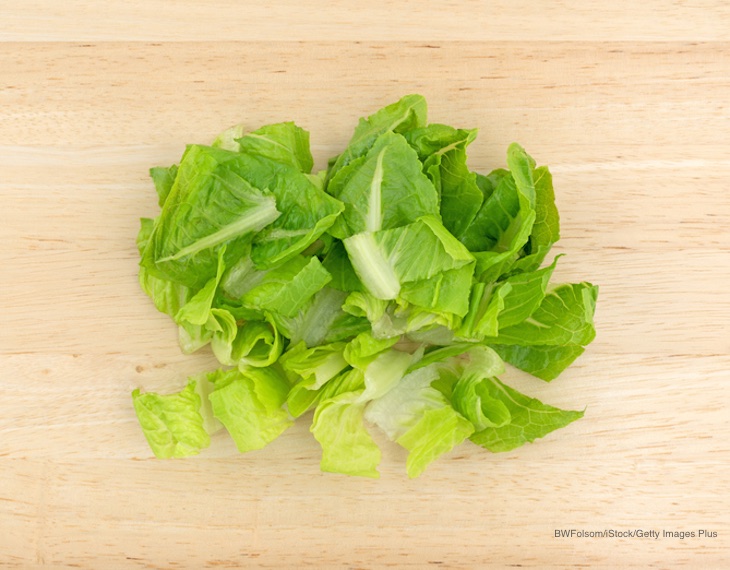The FDA has announced that the romaine multistate E. coli O157:H7 HUS outbreak is over after sickening 167 people in 27 states. The romaine lettuce that. made people sick is no longer on the market, since it was grown and harvested in the Salinas, California region and that area’s growing season is over.

The case count by state is: Arizona (4), California (8), Colorado (6), Delaware (1), Florida (4), Iowa (1), Idaho (4), Illinois (15), Maryland (5), Michigan (2), Minnesota (7), Montana (1), North Carolina (3), Nebraska (2), New Jersey (9), New Mexico (2), New York (3), Ohio (12), Oregon (1), Pennsylvania (21), South Carolina (1), South Dakota (1), Tennessee (1), Texas (6), Virginia (6), Washington (6), and Wisconsin (35). Patient illness onset dates ranged from September 20, 2019 to December 21, 2019. The patient age range is from younger than 1 year to 89 years. Of 165 people who gave information to the government, 52% were hospitalized, including 15 people who developed hemolytic uremic syndrome (HUS), a type of kidney failure.
The FDA is continuing their investigation into sources and “contributing factors” that led to the outbreak to try to develop future prevention efforts. The government did identify a common grower who supplied romaine linked to three outbreaks: This large one, an outbreak in the upper Midwest and Canada linked to Fresh Express Sunflower Crisp salad, and an outbreak in Seattle associated with Evergreen restaurants.

If you or a loved one has been diagnosed with any type of food poisoning, you can contact attorney Fred Pritzker for help by calling 1-888-377-8900 or 612-338-0202.
By the time investigators got to the ranches used by this grower, who has not been named, the romaine was harvested and the fields were already plowed. Despite taking many environmental samples from the oil, compost, and water in the area, officials did not find the outbreak strain of E. coli O157:H7.
The FDA has stated they will conduct a “root cause” investigation that will take place during this year’s romaine lettuce planning, growing, and harvesting season. The agency will share the results with the public when the investigation and analysis are concluded.
Symptoms of an E. coli O157:H7 infection include a mild fever, vomiting, painful and very severe abdominal cramps, and diarrhea that is bloody or watery. These symptoms usually begin a few days after ingesting food that is contaminated with the pathogen. Symptoms of HUS can begin a few days after the E. coli infection has started, and include little urine output, lethargy, pale skin, easy bruising, and bleeding from the nose or mouth. Anyone who is experiencing these types of symptoms should se a doctor as soon as possible, since this infection and complications can be life-threatening.




